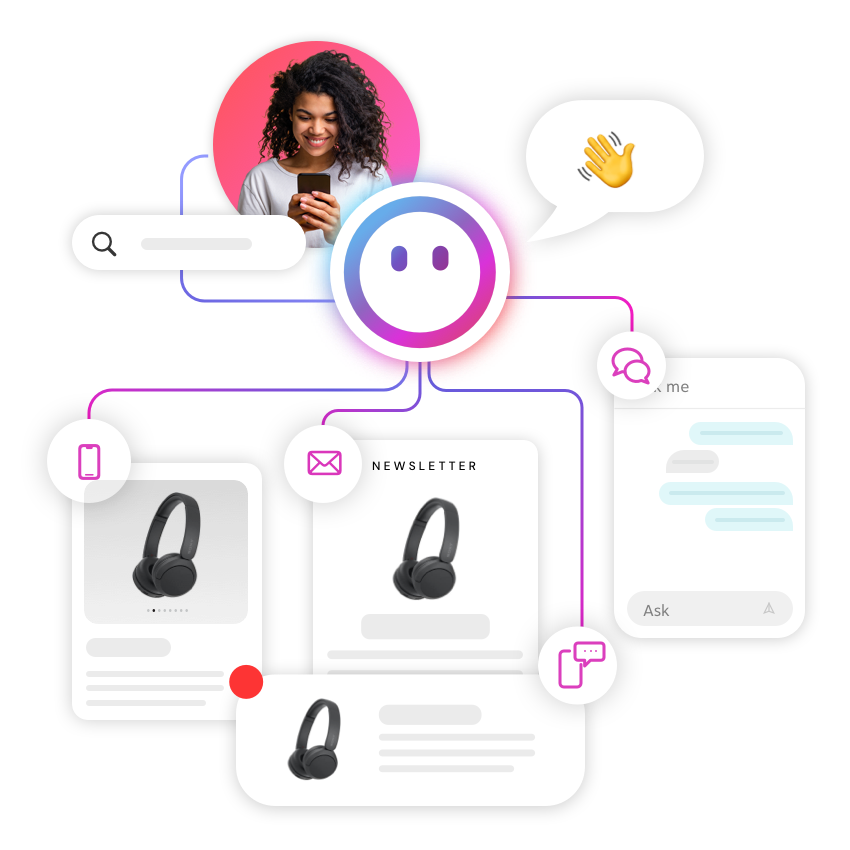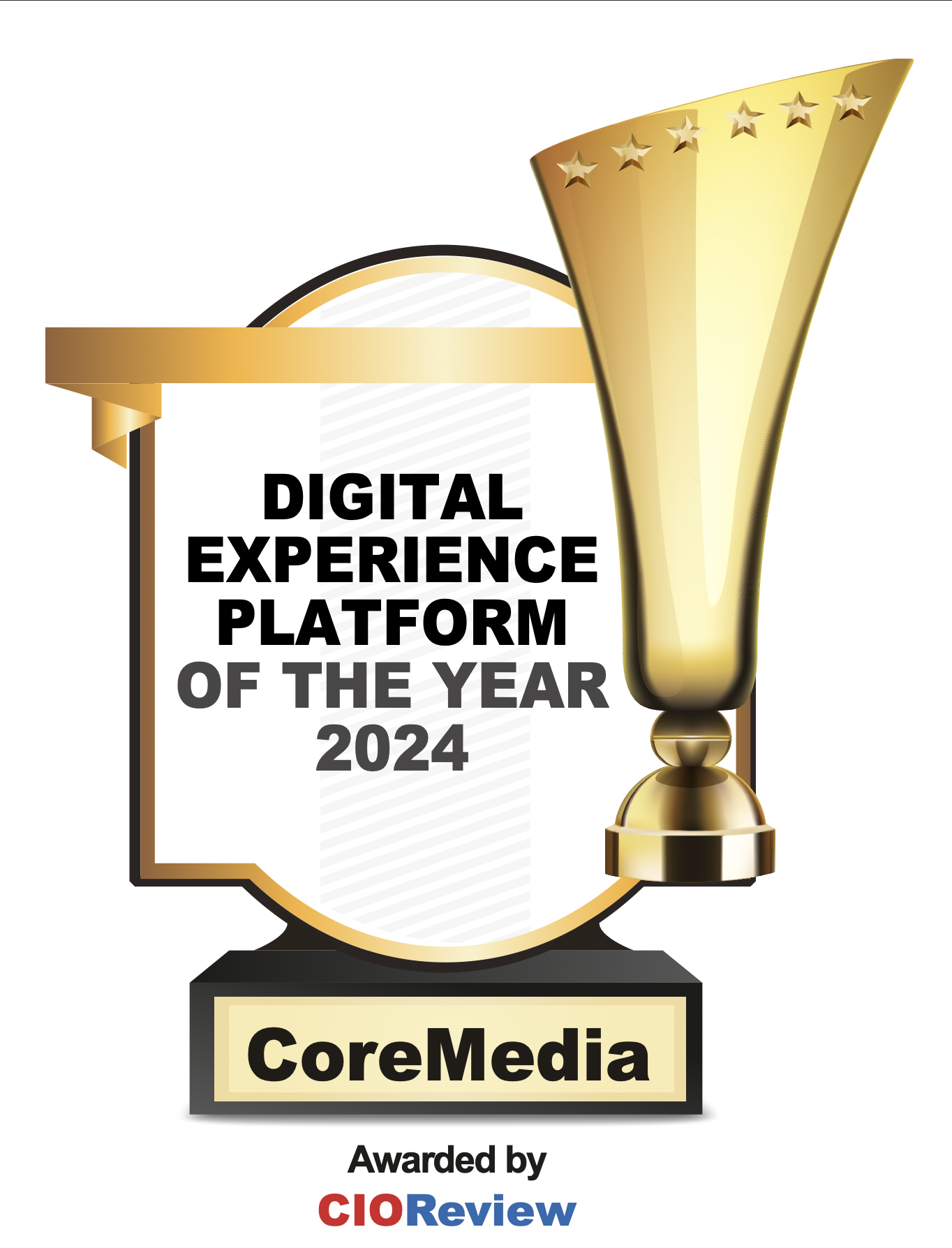A Tale of Two Shows
The annual convention calendar for retailers was once a wild and wooly landscape full of shows both big and small – most with the word “Shop” in their title.
Many of those shows still exist, but few can rival the two leading players: the (awkwardly named) stalwart, the National Retail Federation's (NRF) Big Show, and the hip upstart, Shoptalk.
Both shows have their strengths, but it’s hard to argue with one of Shoptalk’s strengths: Las Vegas in March is a sunnier experience than New York in January.
Superficial differences aside, there are also substantive ones. One is that Shoptalk skews younger and focuses more on the bleeding edge of retail tech. Predictions made at Shoptalk sometimes seem premature (or even ludicrous). But if you’re looking to glimpse the future of retail, Shoptalk is the place to be.
With that in mind, here are the key themes and revelations from CoreMedia’s trip to Shoptalk 2018.
Shoptalk 2018
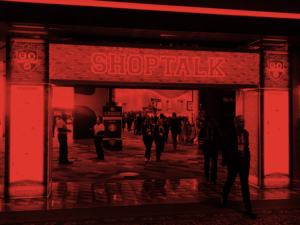
Winners and Losers
One big debate this year was between old-school naysayers and forward-focused optimists. There's general agreement that the last few years have been terrible for traditional retail. This sentiment was encouraged by the recent announcement that Toys 'R Us would be closing down. Surely this signified the end of retail as we know it, right?
Maybe not. Christina Bieniek, U.S. consulting leader for retail, wholesale & distribution at Deloitte, had a lot to say about this. Bieniek pointed out that the retail industry actually grew by 3.5% in 2017, despite the fact that the entire GDP is only growing at 2.3%. A big part of this is due to online sales, which increased in 2017 to $40B. In-store purchases were not as robust, but even this grew to $30B.
But the story gets more complex. Traditionally minded retailers and those targeting middle-class buyers have suffered considerable losses. Meanwhile, discounts stores and luxury brands – along with tech-savvy players – have experienced a boom. Perhaps this can be seen as a reflection of the increasing income disparity in the U.S. But it's also a lesson in how to survive. Companies that have invested in innovation and customer experience are thriving.
This is a lesson that CoreMedia’s customer, the Yoox Net-a-Porter Group, has definitely learned. Not only have they pursued an aggressive and forward looking “mobile-only” strategy for online sales, they have also led the industry in an effort to blend transactions with content-rich personalized experiences.
Shoptalk 2018
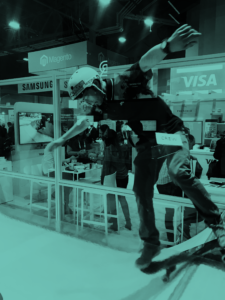
The Frictionless Future
Another lesson learned at Shoptalk was that retailers really want to make it easier to buy their products. The age of "frictionless" shopping is here (both exciting and a little creepy).
The biggest advances in this type of shopping are happening in the physical store environment. Most of us are familiar with self-checkout machines. These modern marvels were intended to make in-store shopping faster than ever. In practice, however, they can be as much a hassle as a help. But if Amazon has its way, in-store shopping will soon feel more like shoplifting.
Gianna Puerini, vice president of Amazon’s new retail concept, Amazon Go, spoke about how the company's new in-store retail experience takes self-checkout to a new level. Their system, which is so sophisticated they were forced to delay its launch for over a year while they worked out the bugs, involves no carts, no product scanning, and no checkout. Shoppers simply toss products into their bag and walk out. What makes this possible is a complex network of in-store sensors and cameras that track the movement of every item in the store and keeps an automatic tally on the shopper's smart phone. The final bill is tallied on exit and charged to the card on file with the Amazon account.
But Amazon wasn’t the only company at Shoptalk talking about the frictionless future. Tarang Sethia, 7-Eleven’s director of CRM and loyalty, announced they were planning their own “walk out” shopping experience on items such as coffee and gas. Take that, Amazon.
While I like the illusion of walking out of a store without paying, there was one solution at Shoptalk that made me a little uneasy.Jason Johnson, co-founder and CEO of the “smart lock” company August Home, and Daphne Carmeli, founder and CEO of the “crowdsourced same-day delivery startup” Deliv, talked about testing a new delivery concept with Walmart. Deliv’s workers were given one-time access codes to unlock doors and bring items directly inside shopper's homes when they weren’t there. They were even allowed to place food straight to their fridges. Yikes! Perhaps this is better than falling victim to the recent scourge of “porch pirates,” but the thought of letting a delivery person into my house – particularly when it's messy – is a little unsettling.In any case, frictionless commerce isn’t just restricted to physical shopping and delivery. There are equally large opportunities to be gained online. Numerous speakers at the show addressed the movement to make virtually everything online shoppable – including text messages, social posts, search results, advertisements, and more.
But we didn’t go to Shoptalk to learn about shoppable media. Because many of our customers are already leading the charge. Luxottica, Calvin Klein, Tommy Hilfiger, Pandora, and Yoox have all been using CoreMedia's Content Experience Platform to reap benefits by blending their brand and eCommerce experiences.
Shoptalk 2018

Getting Smart with A.I.
The final (and in some ways the most interesting) new technology showcased at Shoptalk was the integration of eCommerce with advanced artificial intelligence (A.I.) engines, including IBM's Watson and Amazon's Lex.
The integration with A.I. can take many forms: from smart chatbots that guide shoppers to the perfect purchase, to automated personal shoppers, to automated product content management, and more. We are at the beginning of this wave but it promises to be a real game changer.
There were many places to see examples of A.I.-assisted commerce at Shoptalk. Tom Pinckney, VP of buyer experience applied research at eBay, talked about ShopBot – an A.I.-powered personal shopping concierge on Facebook Messenger that helps people find the best deals.
On the business user side, Paris-based startup Heuritech announced a proprietary service that can predict fashion trends based on the analysis of millions of images shared every day on social media.And at our booth, we showed off our integration with IBM Watson, which both allows editors to launch custom landing pages based on fashion trends and also guides shoppers to the right product based on analysis of an uploaded picture.
Shoptalk 2018
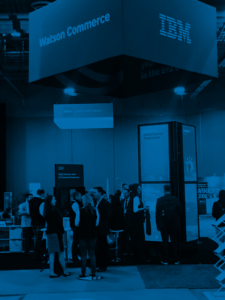
Back to the Future
Despite all the future-focused pontificating, the show ended on a resoundingly retro note with a ’90s-themed party band headlined by Wyclef Jean.
We left the show with the sounds of Journey, Nirvana, and the Fugees ringing in our ears. But we’ll definitely be back next year for another glimpse at the future of retail. What about you?
